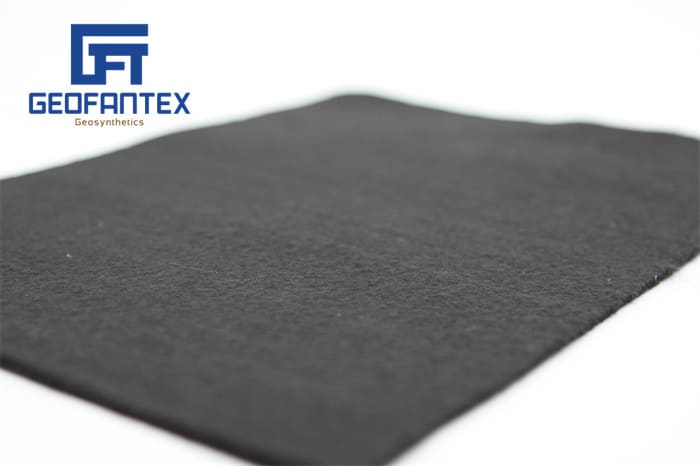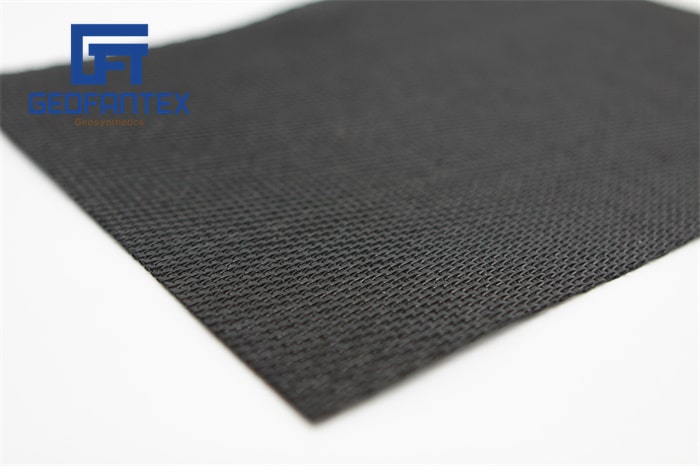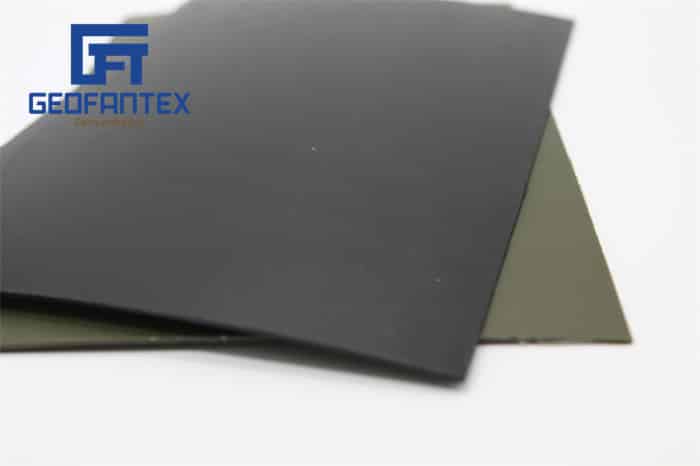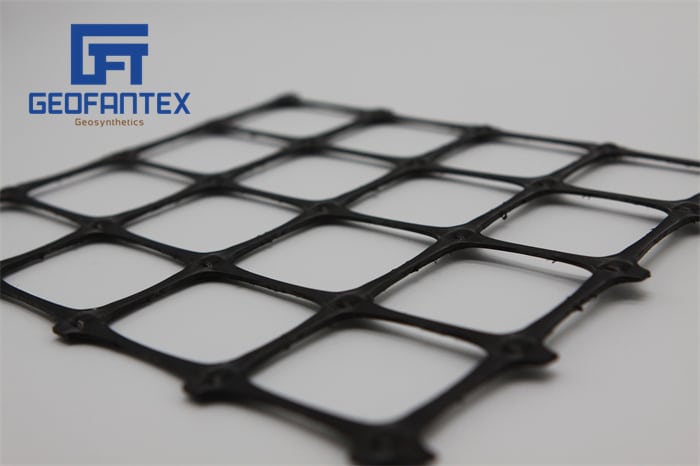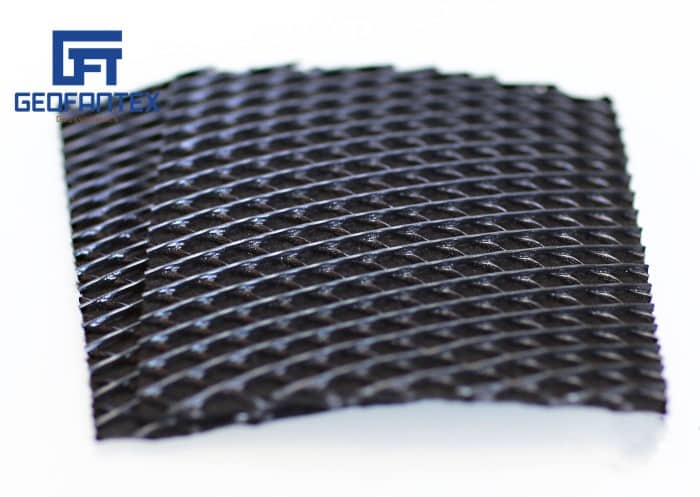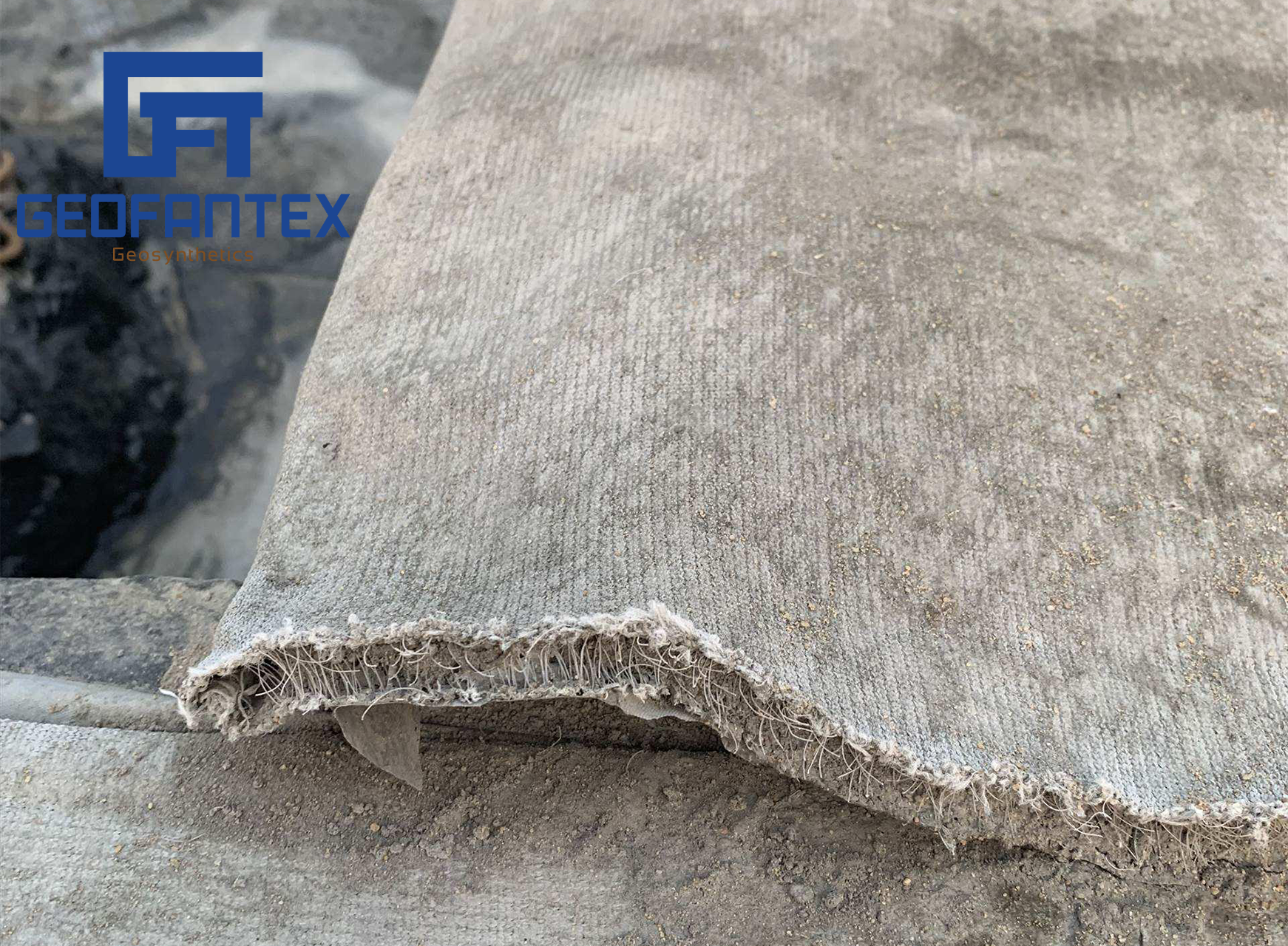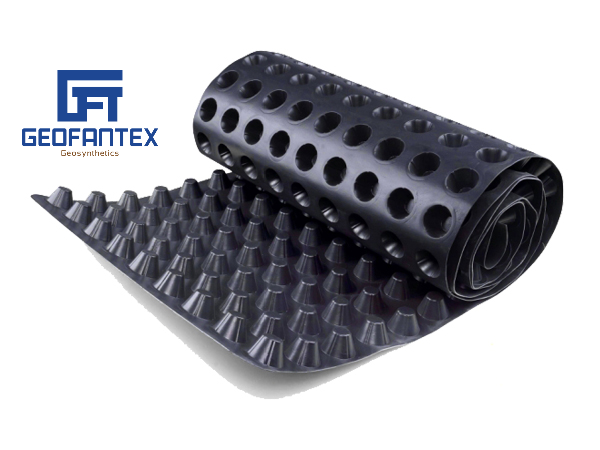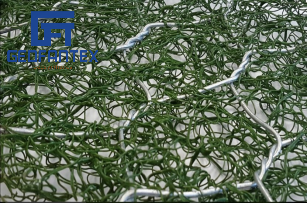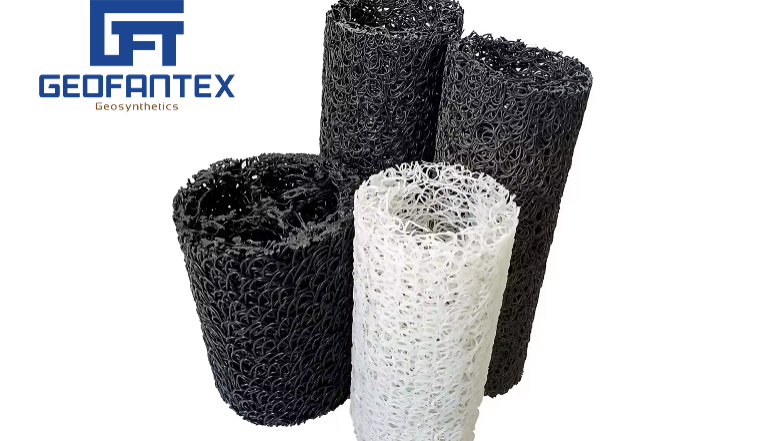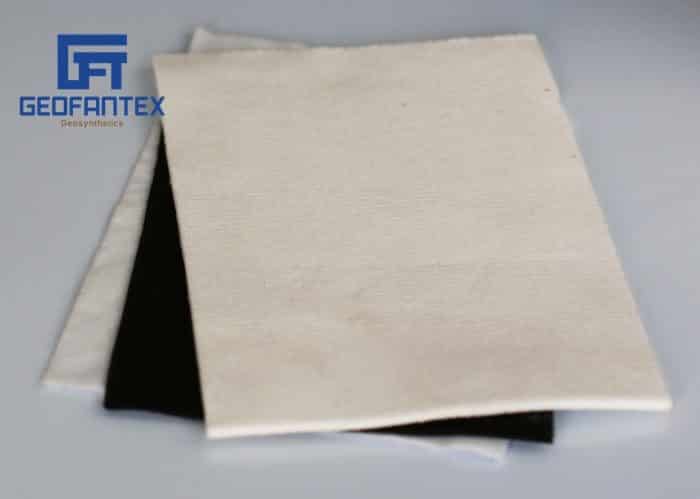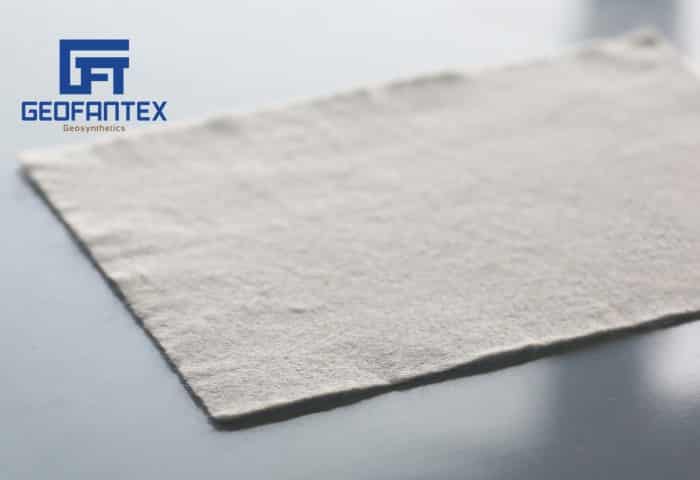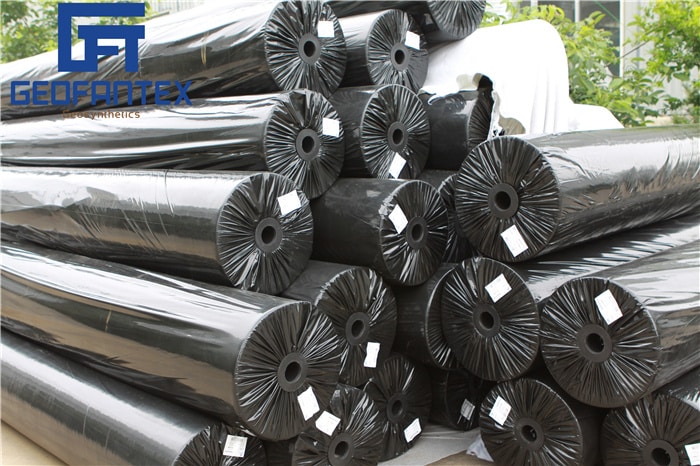+86-159 9860 6917
info@geofantex.com
geofantex@gmail.com
+86-400-8266163-44899
Geonets coastal engineering is increasingly used to improve drainage, stabilize slopes, and protect coastal revetments from erosion. When correctly specified and installed, geonets offer a low-maintenance, high-performance drainage layer in many shoreline systems. Learn more about Geofantex® Geonet solutions for coastal and civil applications.
What are geonets and why are they relevant to coastal engineering?
Geonets are three-dimensional polymer drainage cores (typically HDPE or polypropylene) that provide high in-plane transmissivity and resist compression and chemical attack. In coastal engineering they perform three key roles: (1) drainage behind revetments and seawalls to relieve pore pressures, (2) filtration/erosion control when used as part of a geocomposite with a filter geotextile, and (3) energy dissipation support when combined with rock or mattress systems to reduce scour and displacement. For detailed applications, visit the HDPE Drainage Geonet page.
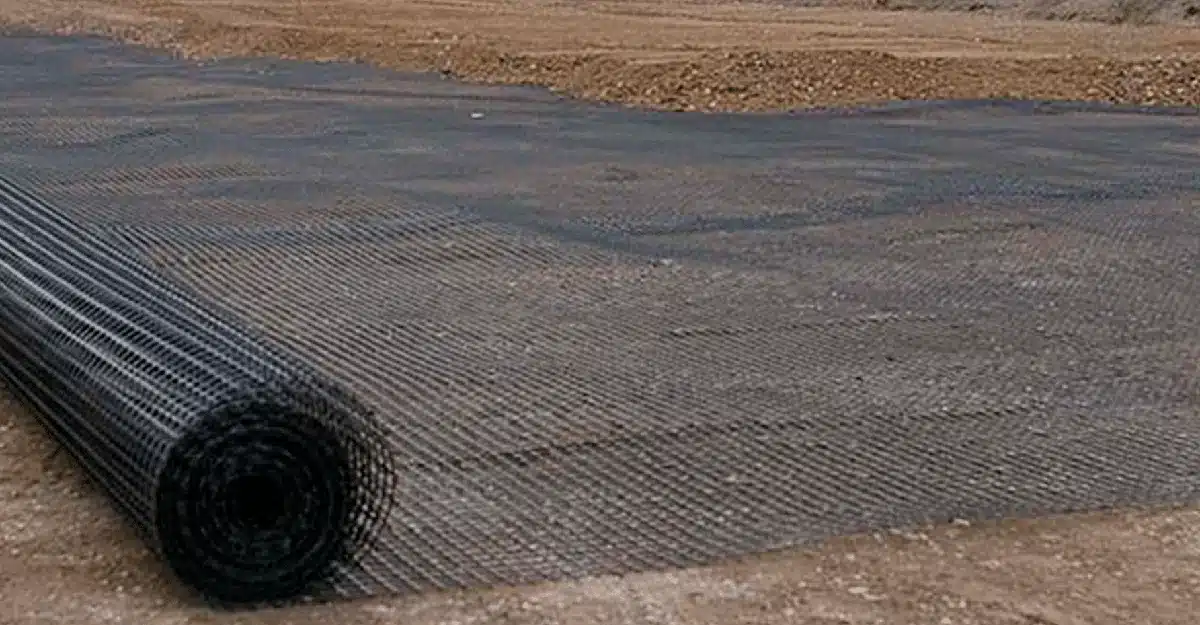
How do geonets improve coastal slope resilience and drainage?
Installed behind armor layers or soil slopes, geonets quickly convey seepage water to collection drains or outfalls, reducing uplift and pore pressures that drive instability. When laminated with a suitable filter geotextile (a geocomposite), they both capture seepage and prevent fine migration into the core — a combination that can reduce erosion below the revetment and extend service life. Explore Geofantex Geocomposite products for combined drainage and filtration systems.
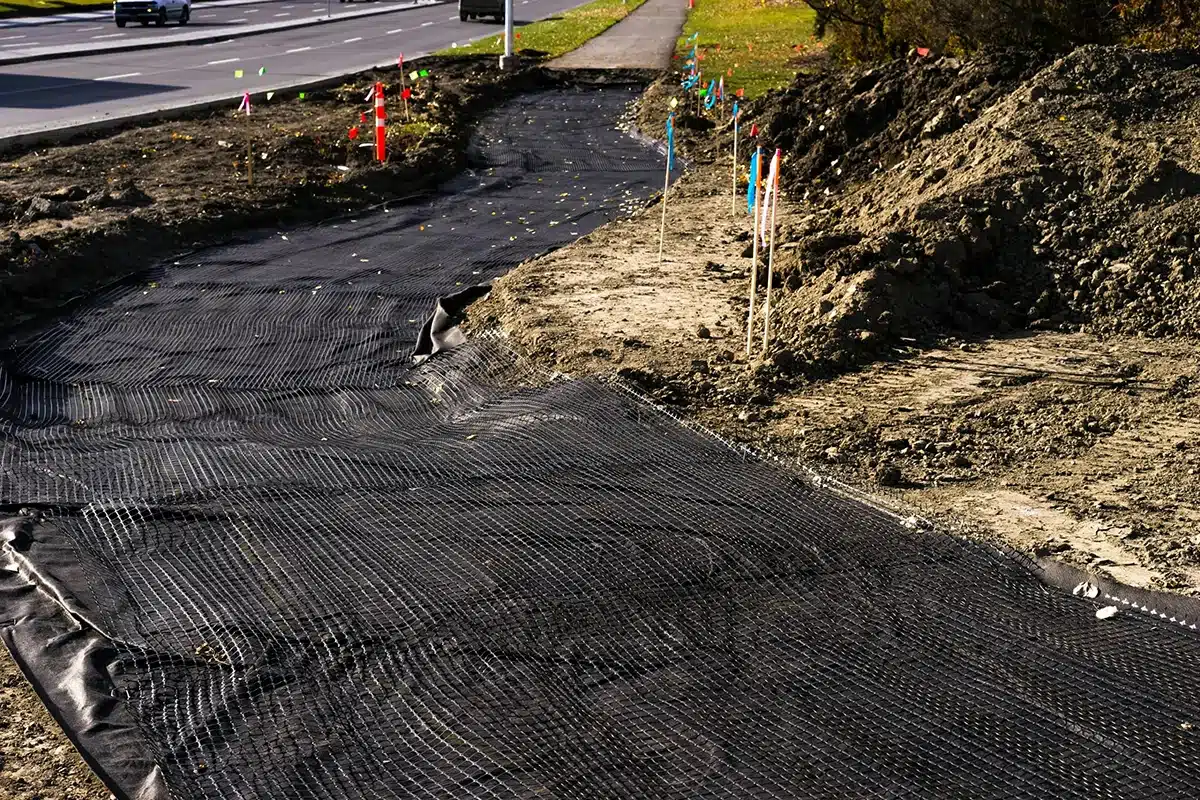
Which performance attributes matter most when selecting geonets for coastal projects?
Key attributes to compare on datasheets are: short-term and long-term in-plane transmissivity (MD and CD), compressive strength and creep resistance (to survive overburden and wave loading), chemical resistance (saltwater/alkaline/acid exposure), and compatibility with the chosen filter geotextile. For technical details, review ASTM-tested geonet specifications on the Geofantex resource page.
What are the economic and industry trends affecting the use of geonets in coastal engineering?
Geonets are part of a growing geosynthetics sector driven by sustainable coastal infrastructure. Industry data show the global geosynthetics market reached USD 16,517.7 million in 2024 (Grand View Research), while the geonet product segment was valued at USD 1,259.2 million (Grand View Research geonet statistics). These figures highlight rising demand for engineered drainage and erosion control systems. Learn about Geofantex coastal protection solutions.
In summary, geonets coastal engineering provides an efficient and durable solution for shoreline drainage and erosion control. With the global geosynthetics market valued at USD 16,517.7 million in 2024 (Grand View Research), integrating geonets coastal engineering into revetments, seawalls, and slopes helps achieve safer, longer-lasting, and more sustainable coastal designs.
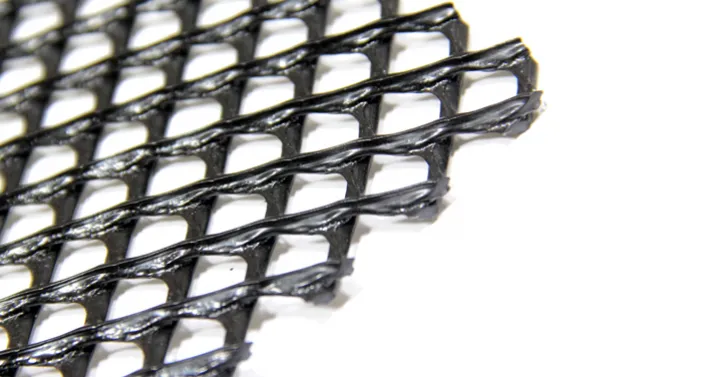
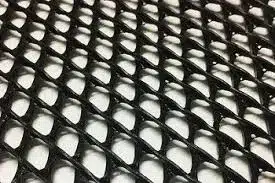
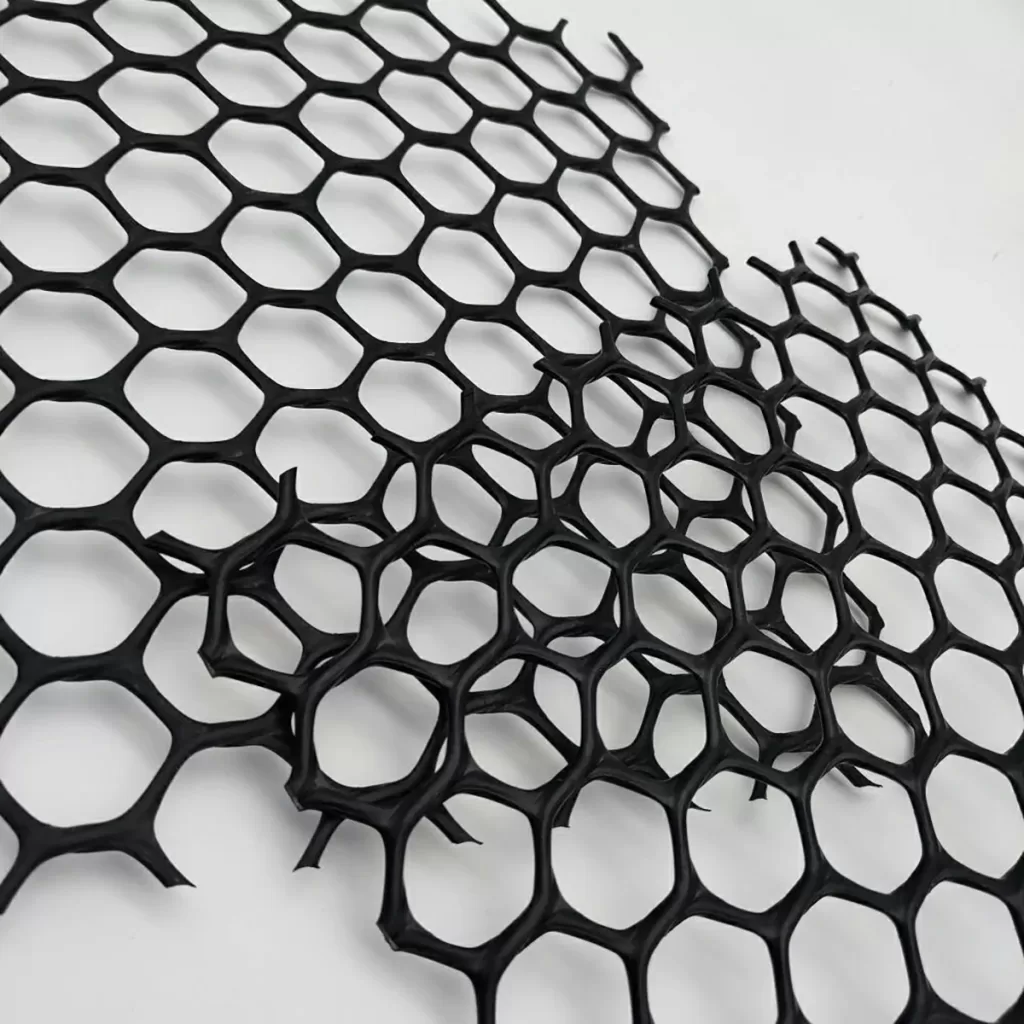
Get Free Sample
We’ll respond as soon as possible(within 12 hours)

